There are many parts of a forklift, and understanding is essential for operating this equipment. The two main vertical structures are the mast and fork. Each mast is attached to the main body of the forklift by roller chain pulleys. The gears on the mast are pressed against the roller chains. One side of the roller chain is attached to the immovable frame of the forklift, and when these gears rotate, pistons move up.
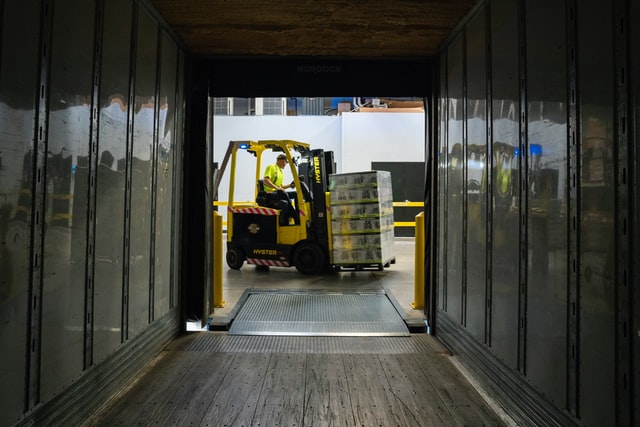
Rear-wheel steering
Although the rear-wheel steering of a forklift is not ideal, it can be beneficial. This design allows the forklift to make tighter turns and is much easier to drive in reverse. Keeping a straight line in reverse can be challenging in a traditional vehicle, especially when the rear wheels are turned too far to the left or right. Rear-wheel steering is also beneficial for handling uneven ground and is helpful in tight parking spaces.
Rear-wheel steering of a forklift engine is essential for maneuverability. Unfortunately, most vehicles have front-wheel steering. This means the forklift will turn left when you turn the steering wheel to the left. This is because the back tires rotate faster than the front tires, which can be dangerous. Front-wheel steering, on the other hand, is best for smaller vehicles like cars.
Lights
Before operating a forklift, you must ensure its lights are working correctly. Some Toyota forklift parts are equipped with red zone lights on the overhead guard. These lights project a red halo toward the ground to alert pedestrians of the forklift’s presence. Red side pedestrian lights are best for bright environments, as they reduce the risk of pedestrians being hit by the forklift’s rear end. Blue spotlights and strobe lights are not appropriate for all applications. The right light must be chosen after determining the application and working environment.
There are two types of headlights: low profile and high-profile. Low-profile lights are mounted on the forklift’s overhead guard. Low-profile headlights have a thin profile and are better protected from the elements. Then there are the rear combination lights, which add additional functionality to the headlights. These lights usually have two functions: backup and parking/clearance lights. Finally, inset headlights are mounted on the front of the overhead guard and point upwards. They are helpful when forklifts are entering or exiting an aisle, but they are not as effective when mounted on the side of the truck.
Horn
Forklifts are a common sight at the construction site and warehouse, and their loud horns remind employees and passersby to be aware of their presence. Before operating a forklift, operators should always put on their seat belts, check warning lights, and ensure they’re not driving with the load in the raised position. Drivers should also pay attention to their path of travel, taking caution to avoid dangerous curves, blind spots, and other potential hazards. Forklift operators should also drive slowly and pay attention to their surroundings, never turn on an incline, and never turn their engines at an angle. Finally, when driving a forklift, operators should always look behind them and never turn the horn too hard.
Since it is an important safety component, forklift operators should check their horns regularly. The funnel helps the operator warn pedestrians and other vehicles that the forklift is moving so they don’t have a clear view of the area. The horn will also alert the spotter, who can check for obstacles or other individuals in the path of the forklift’s movement. They should also lower the load to increase stability.
Mast
Forklift engines with two types of masts: the three-stage and the two-stage. A three-stage mast has three stages: the upper stage is used for staging up, while the lower setting stabilizes the load while in transit. A two-stage mast features two sections with different capacities. A single-stage mast is used for smaller jobs, while a triple-stage mast has higher lifting capacity but a higher price tag.
A forklift engine that can be fueled by CNG, LPG, diesel, or an electric version. The electric variety is powered by lead-acid batteries or fuel cells. In both types, the carriage is the base of the forklift. It is fixed on the mast rails and lifts loads using a series of interlocking rails. Sometimes, rollers are attached to the mast to prevent the load from sliding and falling.
Tilt cylinder
Tilt cylinders are essential parts of a forklift. This can be corrected by replacing the tilt cylinder. Tilt cylinders are classified by type, including hydraulic and general. Some of these cylinders are designed for different sides of a vehicle.
Tilt cylinders may differ slightly between models, but they all have the same essential components. Before repairing your tilt cylinder, understand what each part does. The hydraulic cylinder itself extends a rod to move a load. The rod is usually made from high-strength steel to withstand the pressures it is exposed to. The other part of the cylinder is called the cylinder base.
Operator’s seat
The operator’s seat is essential when looking for a forklift engine. This seat should be comfortable and support the operator’s body. A forklift operator’s job is repetitive and often involves holding awkward postures while working on a machine. In addition, constant shock and vibrations can cause physical damage and make it difficult to continue working. By purchasing a seat designed for this job, you’ll have the comfort and support you need to do the job.
Before starting a forklift, ensure the forklift is off and that the driver’s seat is in the proper position. The seats are adjustable and should be easy to reach. Always operate the machine with a clear view of all work areas. Be sure to place passengers or others in a lookout position so they can avoid collisions with forklifts.

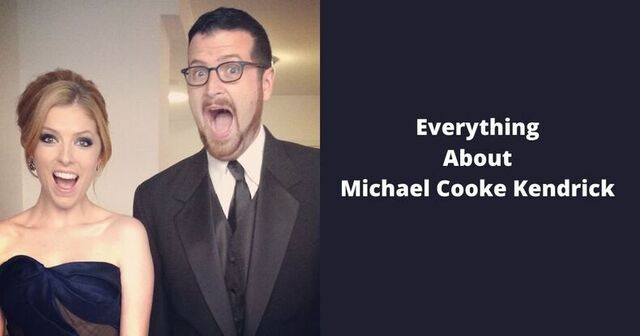
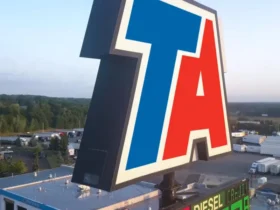
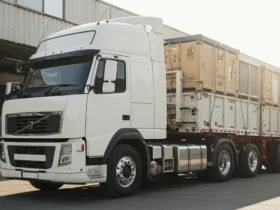


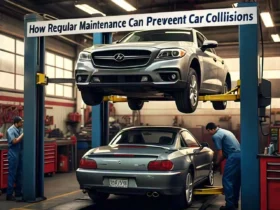


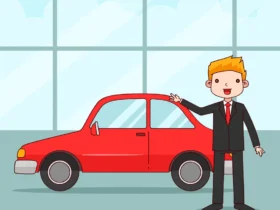
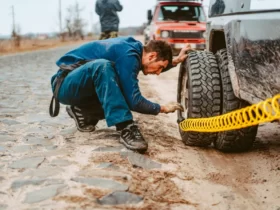
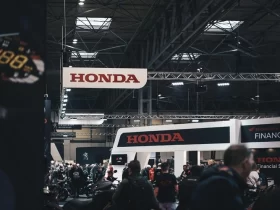
Leave a Reply